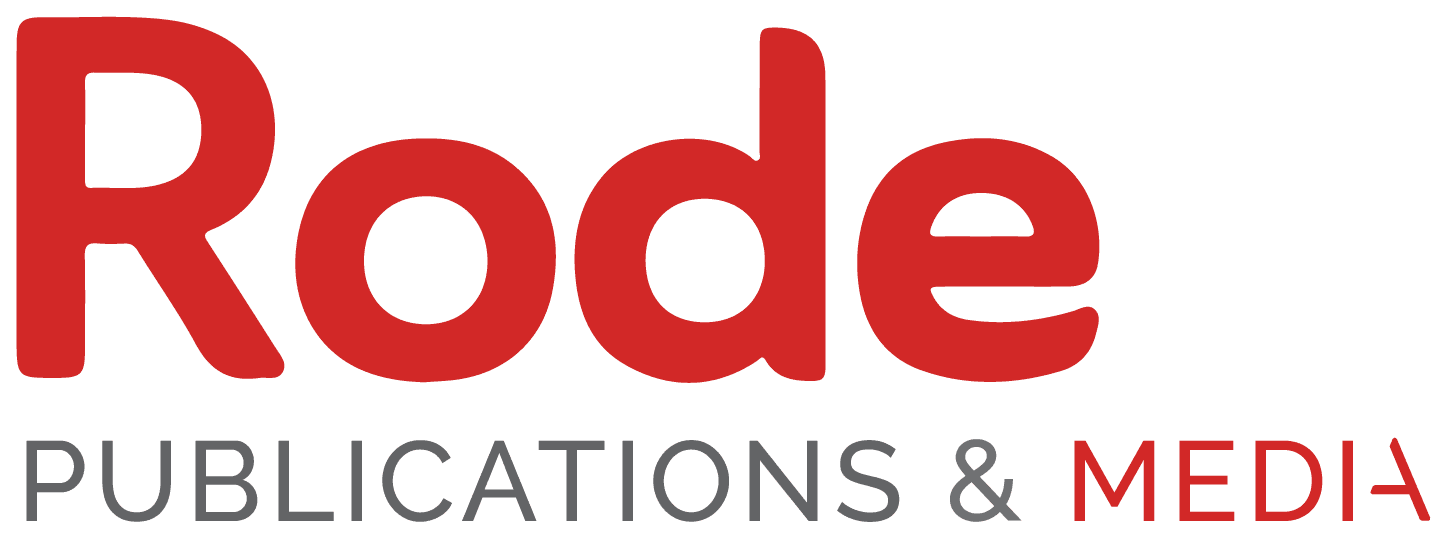Property-return expectations ‘unrealistic’
31-03-2004
The property market’s expectations regarding the total returns it can earn on non-residential property are unrealistically high and out of touch with what can reasonably be expected in the present lower-inflation environment.
This is the opinion of property valuers Rode & Associates expressed in the latest issue of their authoritative journal Rode’s Report.
Property analyst and valuer Erwin Rode says property investors need a complete mind-shift from their old expectations of what is feasible when it comes to property returns in the long run. Still, this is not to say that high returns in the short term are not possible, although this will depend on the specifics of the property in which the investor has invested.
In practice, the total return required by potential investors to induce them to invest in property, also known as the hurdle or required rate, is not often used by developers in their viability studies. They rather concentrate on the initial yield in doing their feasibility studies. However, institutions seem to be switching to the hurdle rate in its guise as a discount rate in their valuations. If this is true, properties will be undervalued when using discount rates that are too high. In fact, the alternative valuation method using capitalization rates is already leading to higher market values in the wake of tumbling capitalization rates.
According to Rode’s surveys, the hurdle rate for buying existing prime properties is still about 19%. Considering that the capitalization rate for well-located prime properties (say Sandton CBD offices) is around 12%, then the inference is that the property market expects a constant growth rate in perpetuity of the cash flow of 19% - 12% = 7% p.a.
This implies that investors in individual properties in Sandton CBD expect office rentals of properties that are prime today to grow at a constant 7% in perpetuity. For the cash flow of an ageing property to grow at 7% p.a., building-construction inflation must be about 7% + 2% (for ageing) = 9%. The property market’s expected 9% inflation rate in perpetuity seems high when compared to the financial market’s verdict of 5% (see table).

If the inflation rate is expected to be 5%, then a prime property’s cash-flow growth must be lower — say by 2% points to cater for ageing — which yields a financial-market inferred property cash-flow growth in perpetuity of 3% p.a. “If we now recalculate the hurdle rate, we get 12% (capitalization rate) + 3% = 15%. This can be compared to the property market’s hurdle rate of 19%”, says Rode.
